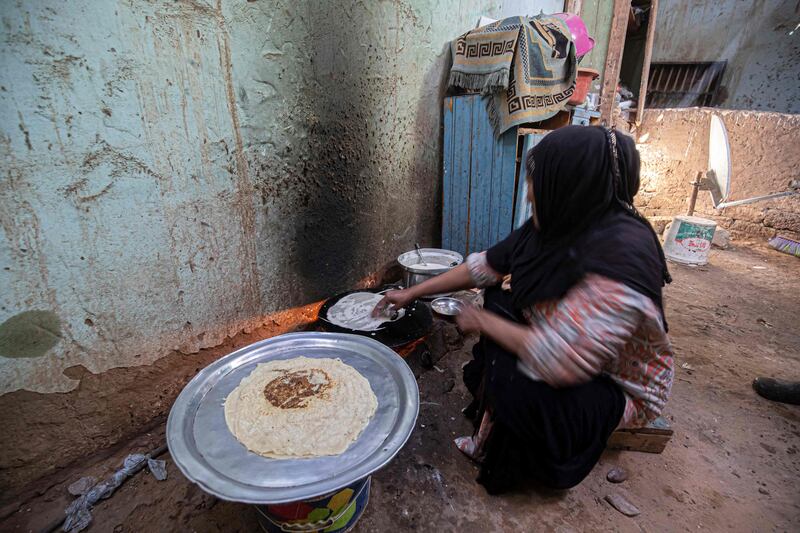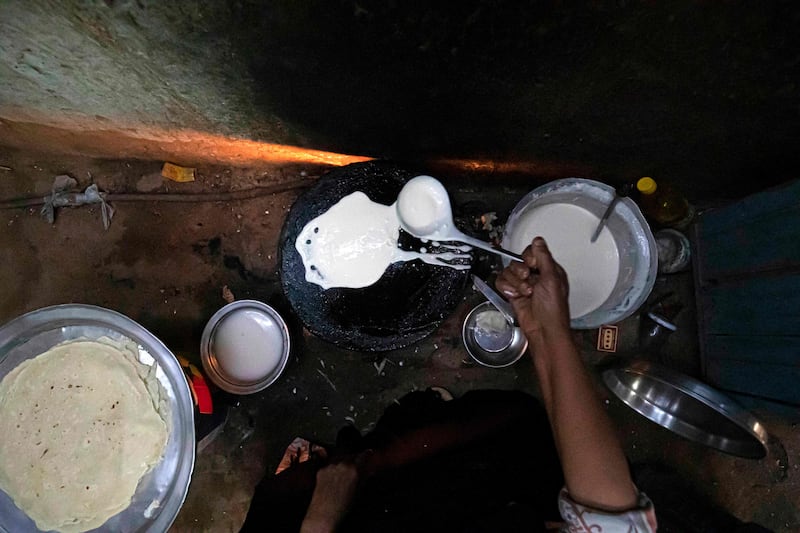Live updates: follow the latest news on Russia-Ukraine
As prices of food surge around the world, millions of tonnes of wheat, barley, maize, vegetable oil and other food supplies are currently stranded in blockaded Black Sea ports in Ukraine — a country often called the breadbasket of Europe.
But it’s the impact on wheat that has captured global attention. The grain, according to the European Union research service Cordis, is the “leading source of vegetable protein in human food”.
Ukraine last year exported about 20 million tonnes of wheat, or 10 per cent of global wheat exports.
Estimates of Ukraine’s stranded wheat vary.
Earlier this month, the director of the UN’s World Food Programme Martine Frick said 4.5 million tonnes were stranded, “just sitting there,” in ports blockaded by the Russian navy waiting for export.
Millions more tonnes of wheat are in storage inland in Ukraine — but it's unclear how much of this would have been marketed abroad if the war had not happened.
How the Ukraine-Russia war has affected Egypt's food supply

Wheat is the third most-produced crop globally after sugar cane and rice, according to research firm Statistica, with 765 million tonnes produced globally last year.
But the majority of that wheat was consumed domestically, leaving around 200 million tonnes to be exported, according to the US Department of Agriculture.
For countries that cannot produce enough to meet domestic demand, exporters including Ukraine and Russia have been critical and they have been forced to pay a premium to secure supply.
Some of the major importers which have been vulnerable to the crisis are in the Middle East. But just how much wheat do they consume and import, compared with the estimated 4.5 million tonnes that is stranded?
The graphic below, based on forecasts for this year from the US Global Agricultural Information Network, part of the US Department of Agriculture, and the UN Food and Agriculture Office, shows a comparison of the stranded wheat and wheat production and demand in Middle East countries, some of which are now experiencing food insecurity.












